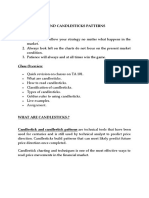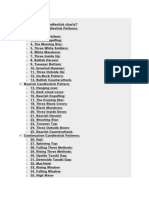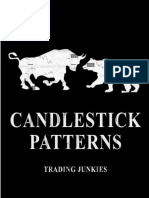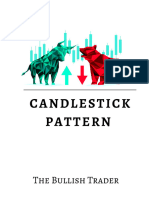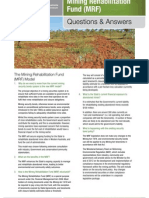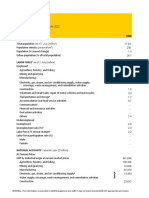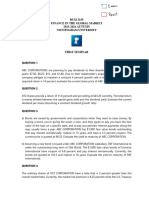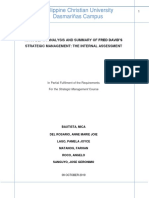0% found this document useful (0 votes)
148 views22 pagesCandlestick Patterns
The document provides an overview of 21 key candlestick patterns used in trading, emphasizing their historical significance and utility in recognizing market opportunities. It categorizes these patterns into equal open and close candles, short body candles, and long body candles, detailing specific patterns within each category and their implications for market reversals. The guide serves as a reference for traders to improve their decision-making based on these established patterns.
Uploaded by
AakaarNirakaarCopyright
© © All Rights Reserved
We take content rights seriously. If you suspect this is your content, claim it here.
Available Formats
Download as PDF, TXT or read online on Scribd
0% found this document useful (0 votes)
148 views22 pagesCandlestick Patterns
The document provides an overview of 21 key candlestick patterns used in trading, emphasizing their historical significance and utility in recognizing market opportunities. It categorizes these patterns into equal open and close candles, short body candles, and long body candles, detailing specific patterns within each category and their implications for market reversals. The guide serves as a reference for traders to improve their decision-making based on these established patterns.
Uploaded by
AakaarNirakaarCopyright
© © All Rights Reserved
We take content rights seriously. If you suspect this is your content, claim it here.
Available Formats
Download as PDF, TXT or read online on Scribd
/ 22





















